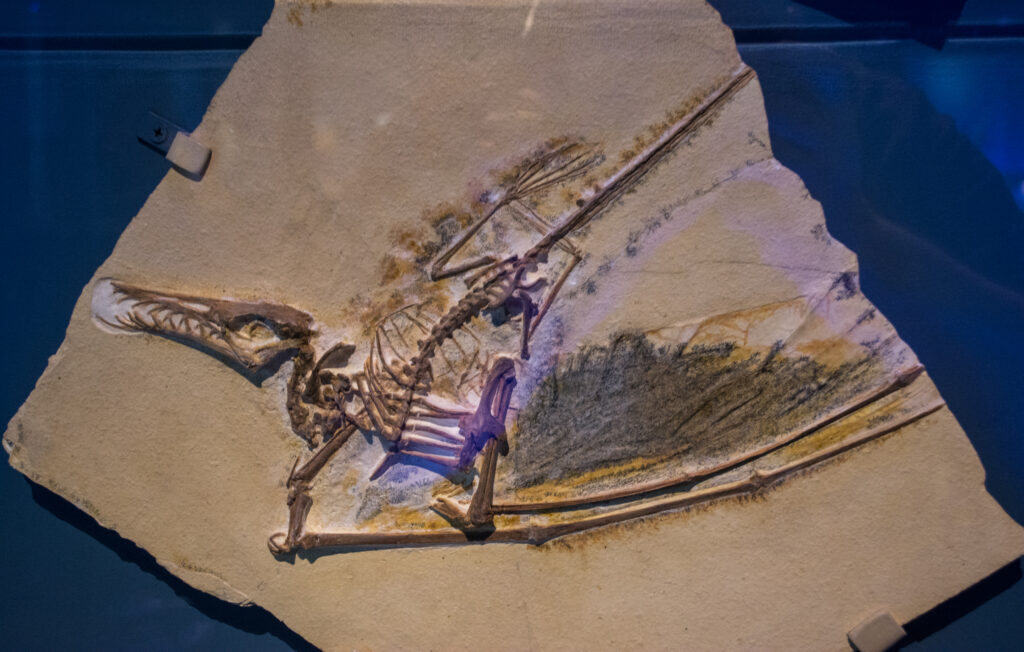Picture this: A paleontologist in North Carolina breaks open what should be solid rock from a 68-million-year-old dinosaur bone. Instead of finding the expected stone-like fossil, she discovers something that stretches and bends like fresh tissue. According to new research, iron in the dinosaur’s body preserved the tissue before it could decay. “What we found was unusual, because it was still soft and still transparent and still flexible,” Schweitzer told LiveScience. That moment fundamentally shook everything scientists thought they knew about fossils.
When Mary Schweitzer Changed Everything
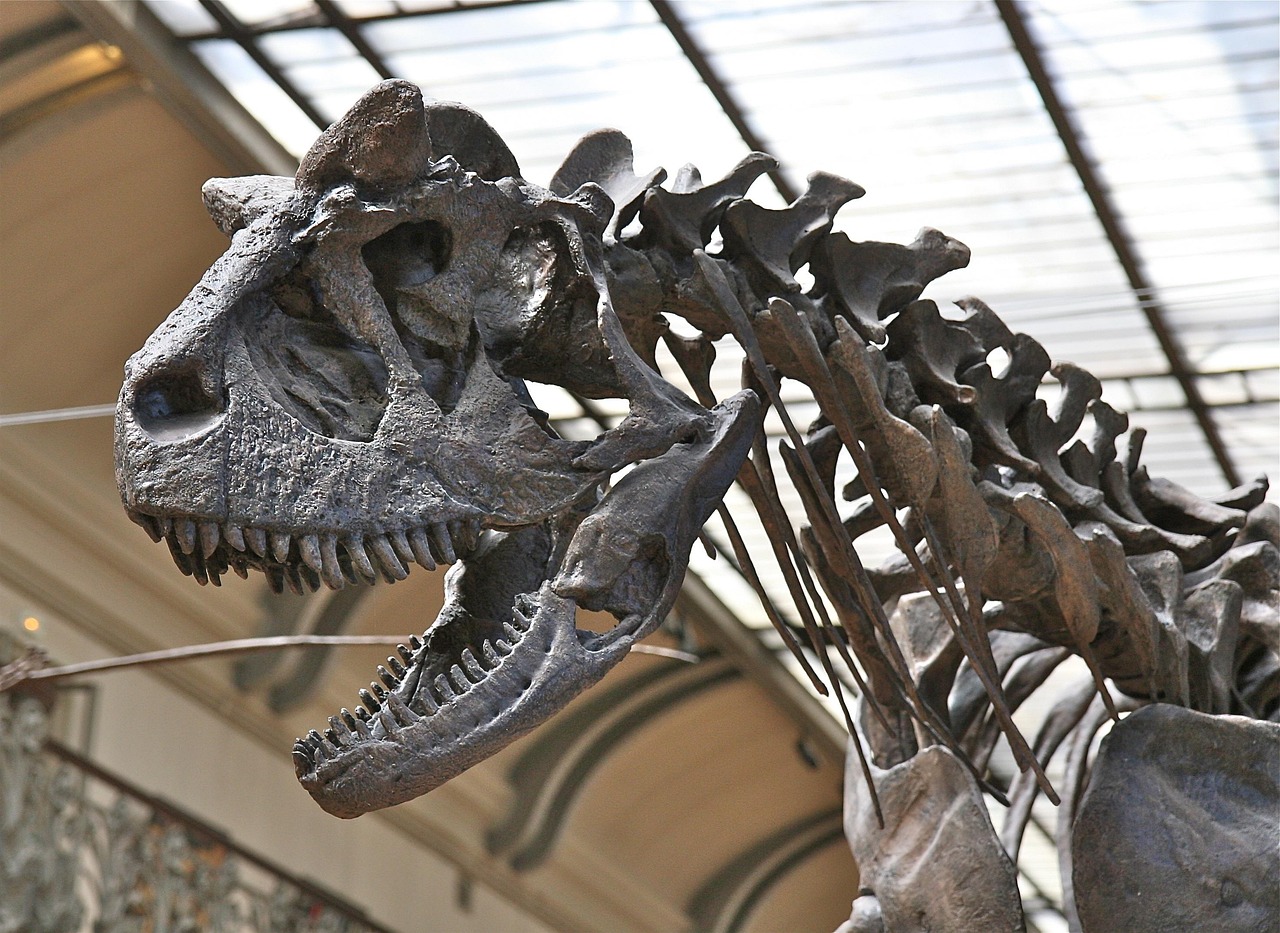
Mary Higby Schweitzer is an American paleontologist at North Carolina State University, who led the groups that discovered the remains of blood cells in dinosaur fossils and later discovered soft tissue remains in the Tyrannosaurus rex specimen MOR 1125. Schweitzer was the first researcher to identify and isolate soft tissues from an ancient fossil bone. But her journey to this groundbreaking discovery wasn’t conventional at all.
She credits her older brother for teaching her to read and encouraging her intellectual curiosity with books. “So a mixture of that background and the fact that this was a special dinosaur to start with both played a role in our discoveries. It was definitely not planned, not something I could have arranged if I tried, and I think God gets a lot of credit for that.” Sometimes the most revolutionary discoveries happen when you least expect them.
The Discovery That Broke All The Rules

Schweitzer and her colleagues first raised this question in 2005, when they found the seemingly impossible: soft tissue preserved inside the leg of an adolescent T. rex unearthed in Montana. After 68 million years in the ground, a Tyrannosaurus rex found in Montana was dug up, its leg bone was broken in pieces, and fragments were dissolved in acid in Schweitzer’s laboratory at North Carolina State University in Raleigh. It was big news indeed last year when Schweitzer announced she had discovered blood vessels and structures that looked like whole cells inside that T. rex bone – the first observation of its kind. The finding amazed colleagues, who had never imagined that even a trace of still-soft dinosaur tissue could survive.
The scientific establishment was stunned. For three centuries, textbooks taught that soft tissues like blood vessels and muscle simply vanish over time, leaving only hard bone that gradually becomes mineralized rock. After all, as any textbook will tell you, when an animal dies, soft tissues such as blood vessels, muscle and skin decay and disappear over time, while hard tissues like bone may gradually acquire minerals from the environment and become fossils. Schweitzer, one of the first scientists to use the tools of modern cell biology to study dinosaurs, has upended the conventional wisdom by showing that some rock-hard fossils tens of millions of years old may have remnants of soft tissues hidden away in their interiors.
The Moment That Changed Paleontology Forever
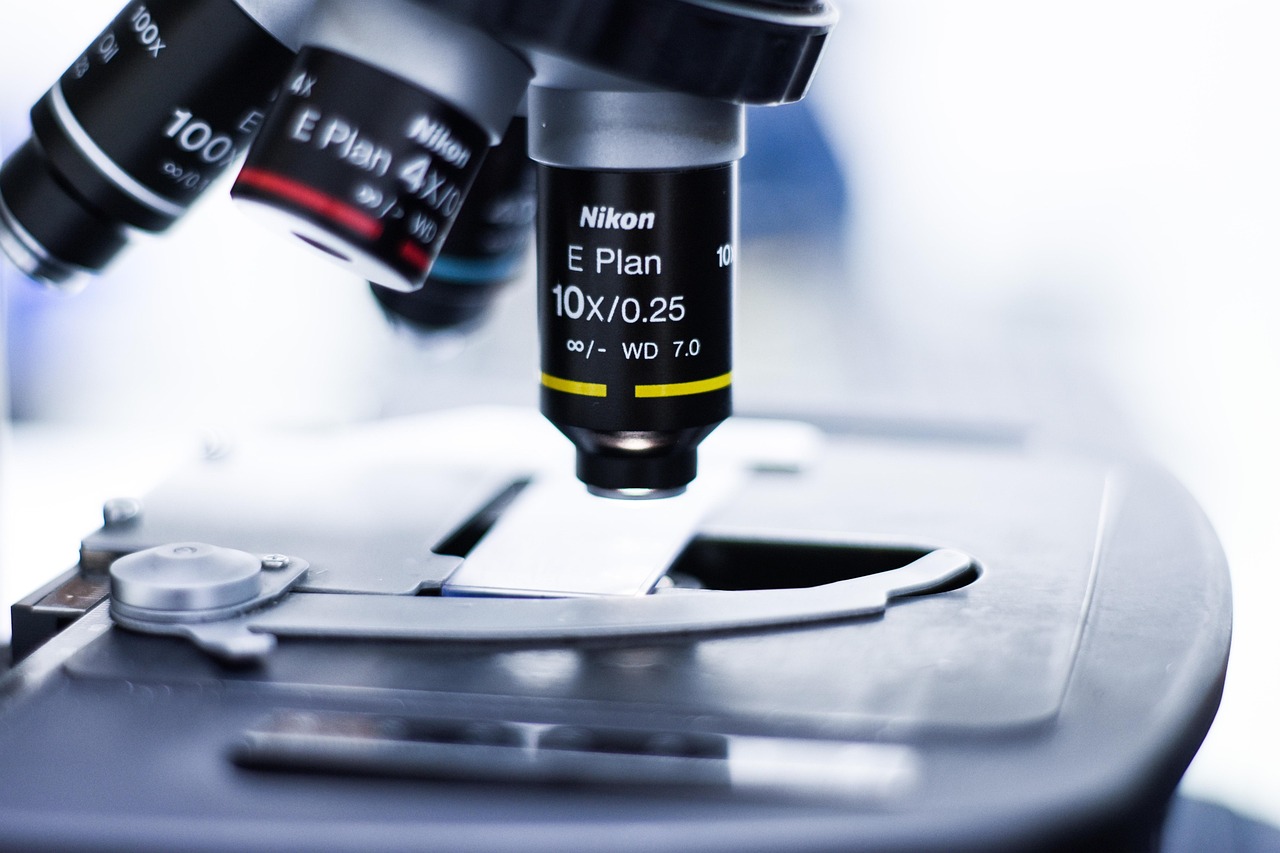
Two years ago, Schweitzer gazed through a microscope in her laboratory at North Carolina State University and saw lifelike tissue that had no business inhabiting a fossilized dinosaur skeleton: fibrous matrix, stretchy like a wet scab on human skin; what appeared to be supple bone cells, their three-dimensional shapes intact; and translucent blood vessels that looked as if they could have come straight from an ostrich at the zoo. Her initial reaction was pure disbelief. “I took one look, and I just said: ‘Uh-uh. This isn’t happening. This is just not happening.'”
But the evidence was undeniable. Through the microscope, she could see what appeared to be perfectly preserved cells and blood vessels from a creature that supposedly died when dinosaurs ruled the Earth. Through the microscope she could see what looked like perfectly formed osteocytes, the cells inside bone. The past was roaring to life.
Blood Vessels That Shouldn’t Exist

Neatly dressed in blue Capri pants and a sleeveless top, long hair flowing over her bare shoulders, Mary Schweitzer sits at a microscope in a dim lab, her face lit only by a glowing computer screen showing a network of thin, branching vessels. That’s right, blood vessels. From a dinosaur. “Ho-ho-ho, I am excite-e-e-e-d,” she chuckles.
The implications were staggering. More important, being able to analyze intact dinosaur proteins would transform paleontology into a molecular science, much as ancient DNA research has transformed the study of our human ancestors. “If soft tissue is preserved there is a whole bunch of stuff we can figure out,” says Jessica Theodor, a paleontologist at the University of Calgary in Canada. “It’s groundbreaking.” Scientists could potentially unlock secrets about dinosaur physiology, metabolism, and evolution that had been thought lost forever.
The Iron Preservation Mystery

How could delicate tissues survive for tens of millions of years? Schweitzer’s team discovered something remarkable about the preservation process. Schweitzer and her colleagues found that dinosaur soft tissue is closely associated with iron nanoparticles in both the T. rex and another soft-tissue specimen from Brachylophosaurus canadensis, a type of duck-billed dinosaur. They then tested the iron-as-preservative idea using modern ostrich blood vessels. They soaked one group of blood vessels in iron-rich liquid made of red blood cells and another group in water. The blood vessels left in water turned into a disgusting mess within days. The blood vessels soaked in red blood cells remain recognizable after sitting at room temperature for two years.
The key was iron from dinosaur blood acting like natural formaldehyde. Formaldehyde, of course, preserves tissue. It works by linking up, or cross-linking, the amino acids that make up proteins, which makes those proteins more resistant to decay. This discovery provided a scientific explanation for what many thought was impossible.
When Critics Said “No Way”

Not everyone bought into Schweitzer’s revolutionary findings. Others are harsher, and suggest that Schweitzer’s protein pieces come from bacteria or contaminants. “It’s problematic that no other lab has been able to replicate Mary Schweitzer’s work,” says Jakob Vinther, a paleontologist at the University of Bristol in the United Kingdom, who’s tried to do so. “The idiom that exceptional claims require exceptional evidence remains,” adds Michael Buckley, a paleontologist at the University of Manchester, also in the United Kingdom.
But Schweitzer wasn’t backing down. Schweitzer, who came to the field late, and whose unusual background casts her as an outsider in a field still dominated by men, isn’t cowed. She has spent decades building her case. Now, on her Hell Creek expedition, she hopes to find new, well-preserved fossils that might harbor ancient proteins – and new evidence to convince the doubters. “I don’t care what they say about me,” she says. Her determination to prove her case would drive scientific progress forward.
More Shocking Discoveries Keep Coming

The researchers also analyzed other fossils for the presence of soft tissue, and found it was present in about half of their samples going back to the Jurassic Period, which lasted from 145.5 million to 199.6 million years ago, Schweitzer said. This wasn’t just a one-time fluke. Scientists were finding preserved tissues in dinosaurs that lived across different time periods and environments.
Regardless, it might surprise you that for the past two decades, paleontologists have been able to study soft-tissue samples from prehistoric fossils, too. Back in 2005, Mary Schweitzer, then a brand-new professor at NC State University, became the first person to find still-soft and flexible tissues in a dinosaur bone – the 68-million-year-old leg of a Tyrannosaurus Rex, to be exact. “It seems as though the preservation of vessels through deep time may not be that uncommon,” said Schweitzer, who’s now a professor of biology emeritus at NC State. “But the work still must be done on a case-by-case basis, because so far there isn’t any evidence that a particular preservation environment is best.”
From Hell Creek to Headlines

Since the discovery of Eoneophron was announced, Atkins-Weltman and his research have been featured in state, national and international news outlets including “The Washington Post,” National Public Radio and BBC News, as well as dozens of science and paleontology websites and blogs generating millions of clicks and views. “I was genuinely shocked with how much attention it got. I figured, being a relatively small dinosaur and not one of the big Tyrannosaurs or anything like that, it would make a very small splash,” he said. “It was very shocking to see how much media coverage this little fellow got. I’m blown away by it all.”
The discovery sparked global fascination because it challenged fundamental assumptions about what fossils could tell us. After the fossils were purchased by the Natural History Museum, the palaeontologists began digging into Nanosaurus’s past, and were shocked by what they found. “Nanosaurus wasn’t named based on many fossilised bones, but largely the preserved impressions of bones pressed into hardened sand that are very difficult to study,” Paul says. Each new find was rewriting the textbooks.
The Parking Lot Dinosaur That Stunned Everyone

While it wasn’t surprising that scientists uncovered fascinating geology all the way down, the scientific core extracted something that surpassed everyone’s expectations: a partial dinosaur bone dating back 67.5 million years! It has been identified by Museum paleontologists as the deepest and oldest dinosaur fossil ever found within the city limits. Not only is it exceedingly rare to find a dinosaur fossil in a narrow drill core, but this fossil turned out to be the deepest and older dinosaur bone ever discovered within the Denver city limits.
Dr. Patrick O’Connor, director of Earth & Space Sciences at the Museum, was part of the team that identified the fossil. “This may be the most unusual dinosaur discovery I have ever been a part of,” he said. Finding a dinosaur fossil while drilling for geothermal energy beneath a museum parking lot was the kind of discovery that made headlines worldwide and reminded everyone that amazing finds could happen anywhere.
The Controversy That Won’t Go Away
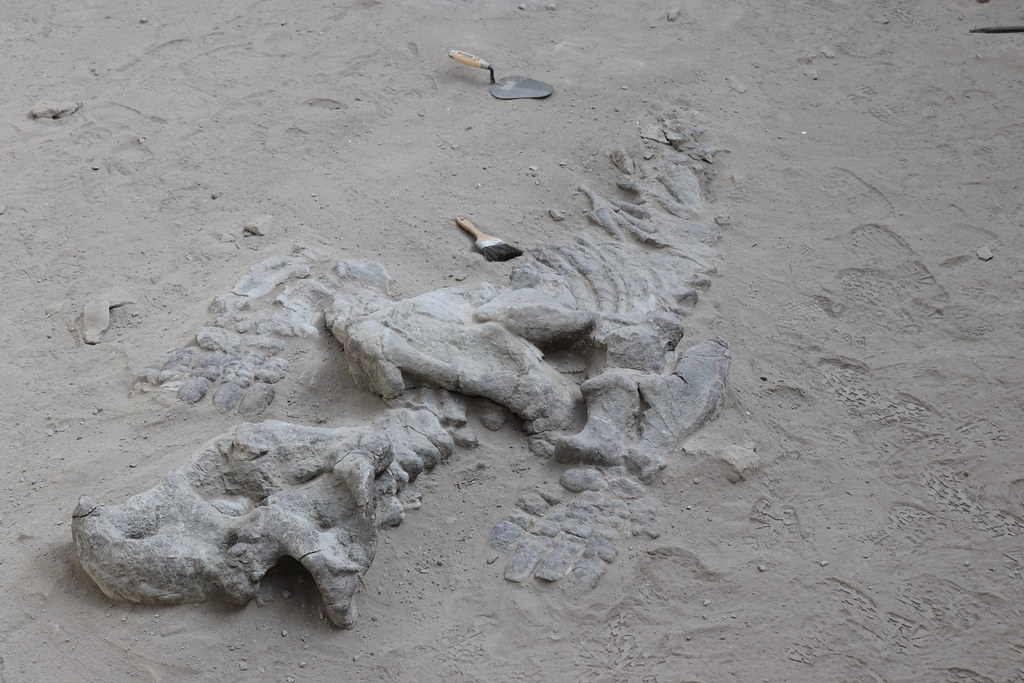
Meanwhile, Schweitzer’s research has been hijacked by “young earth” creationists, who insist that dinosaur soft tissue couldn’t possibly survive millions of years. They claim her discoveries support their belief, based on their interpretation of Genesis, that the earth is only a few thousand years old. Of course, it’s not unusual for a paleontologist to differ with creationists. But when creationists misrepresent Schweitzer’s data, she takes it personally: she describes herself as “a complete and total Christian.”
The scientific community had to grapple with extraordinary claims that challenged conventional thinking. There’s definitely a reason God wants me to do this work, and it’s not easy, because science is conservative. If you’re going against traditional wisdom you’re not very popular, and the burden of proof is on you, if you make claims that are new. For three hundred years we thought we knew how fossils formed – that an animal died, was buried, and all the organics rotted away, leaving small spaces that later filled with mineral. But that explanation never accounted for some things we see in fossils, like skin for example.
Revolutionary Techniques That Changed the Game

In 2005, Schweitzer, Horner, and two colleagues tried another technique. They dissolved away the minerals in a T. rex fossil sample; what remained, they reported in Science, were structures that looked like millimeter-long blood vessels that flexed and stretched like real tissue when tugged by tiny tweezers. Horner, now of the Burke Museum in Seattle, Washington, credits Schweitzer for the idea of demineralizing the fossil, a practice rare in paleontology but common for biologists studying modern bone. “The preconceived notion was nothing could possibly remain,” he says.
We don’t go to all this effort to dig this stuff out of the ground to then destroy it in acid,” says dinosaur paleontologist Thomas Holtz Jr., of the University of Maryland. “It’s great science.” The observations could shed new light on how dinosaurs evolved and how their muscles and blood vessels worked. By borrowing techniques from modern biology, paleontologists were unlocking secrets that had been hiding in plain sight.
What Scientists Found Inside Dinosaur Cells
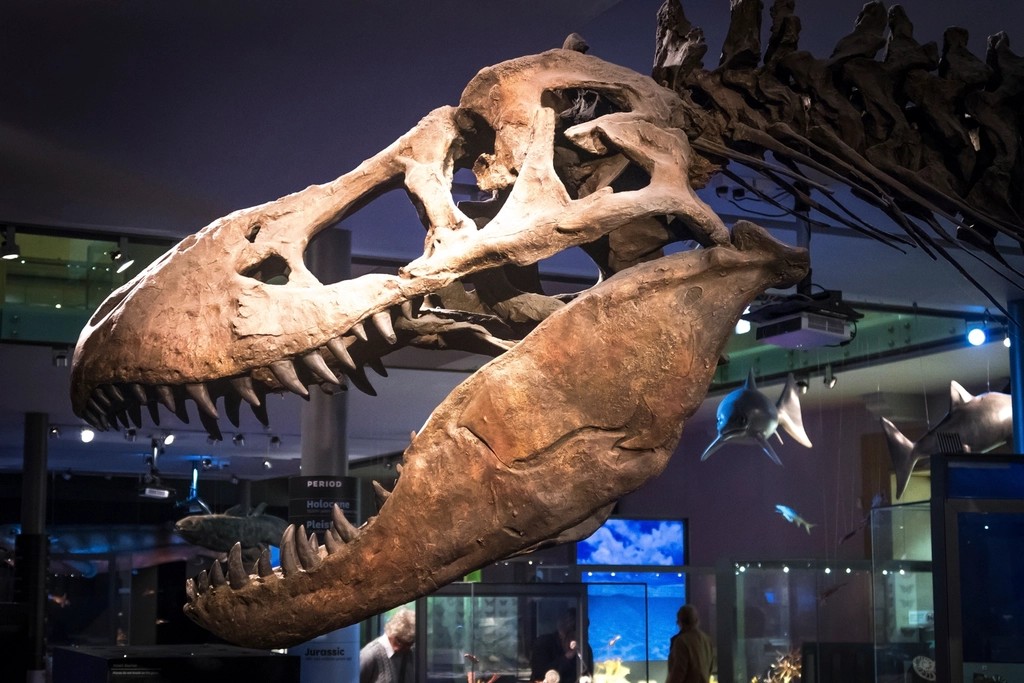
Soft tissues and cell-like microstructures derived from skeletal elements of a well-preserved Tyrannosaurus rex (MOR 1125) were represented by four components in fragments of demineralized cortical and/or medullary bone: flexible and fibrous bone matrix; transparent, h Osteocytes also vary, with some retaining long filipodia and transparency, while others present with short and stubby filipodia and deeply pigmented nuclei, or are pigmented throughout with no nucleus visible. Additionally, in many cases, osteocytes with defined nuclei are preserved, and may represent an important source for informative molecular data.
The discoveries went beyond just finding preserved tissue. Importantly, Schweitzer and her colleagues have figured out how to remove the iron from their samples, which enables them to analyze the original proteins. They found the proteins really did come from dinosaur soft tissue. The tissue was collagen, they reported in the journal Science, and it shared similarities with bird collagen – which makes sense, as modern birds evolved from theropod dinosaurs such as T. rex. This provided molecular evidence linking dinosaurs to their living descendants.
The Future of Dinosaur Discovery

Even now, I wouldn’t say it’s widely accepted that what we’re seeing is soft tissue from dinosaurs. What I wish would happen is more people would follow up on this. These results are not trivial to attain, and it requires a lot of repetition on specialized instruments. Because we cross so many disciplines in the effort to get molecular information from fossil bone, I think it’s easier to publish in other areas. I don’t think what we’re doing here will really be accepted widely, until lots of different groups are doing it regularly.
These results suggest that present models of fossilization processes may be incomplete and that soft tissue elements may be more commonly preserved, even in older specimens, than previously thought. have now been identified in numerous fossil specimens from thousands to millions of years old (Table 1, Appendix B electronic supplementary material). However, molecular and chemical analyses of these components is not yet complete. The field was entering a new era where paleontology would merge with molecular biology in ways never before imagined.
Conclusion
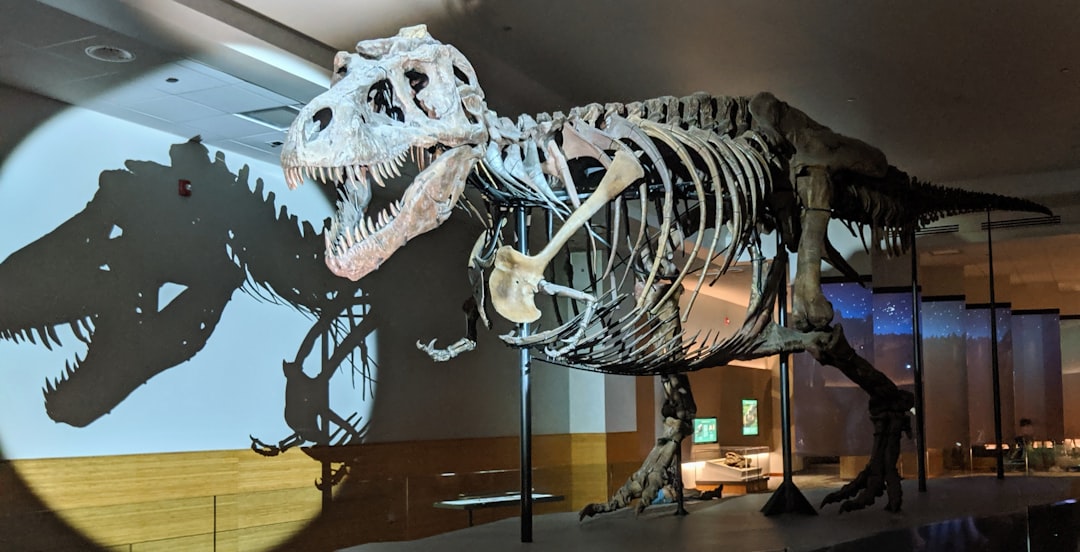
Mary Schweitzer’s discovery of soft tissue in dinosaur bones didn’t just surprise scientists – it fundamentally changed how we think about fossils, preservation, and what we can learn from ancient life. Her willingness to challenge conventional wisdom and persist despite skepticism opened up entirely new avenues of research that continue to yield shocking discoveries today. From blood vessels that stretch like rubber to proteins that reveal evolutionary relationships, these findings prove that sometimes the most extraordinary claims turn out to be extraordinary truths.
The next time you see a dinosaur skeleton in a museum, remember that beneath that rocky exterior might be preserved tissues that could tell us stories we never thought possible. Who knows what other “impossible” discoveries are waiting to be found?

